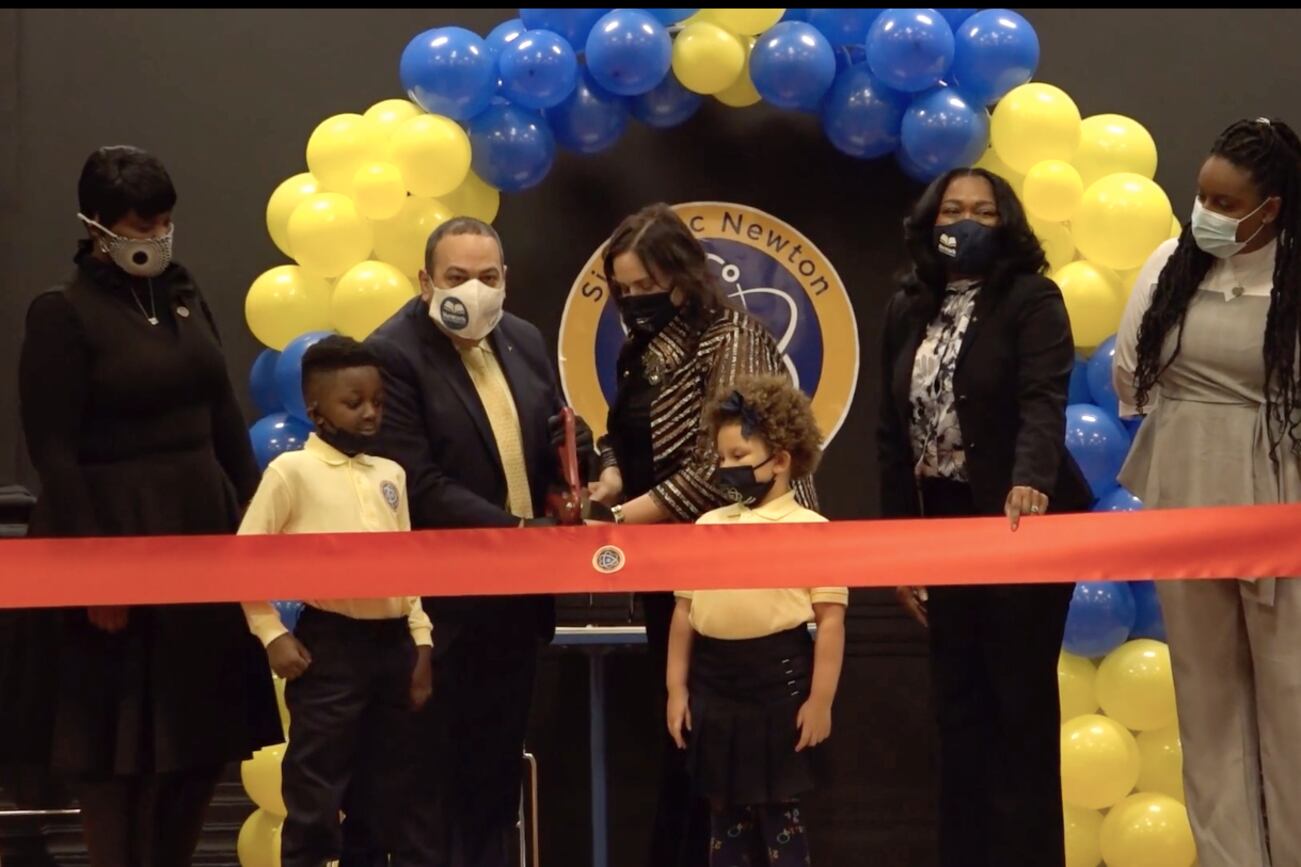The Newark school district is set to receive a staggering $177 million in federal stimulus money, according to figures released Monday — a historic windfall that has the potential to reshape New Jersey’s largest school system for years to come.
When combined with the $84 million in pandemic relief funds already allocated for Newark schools, the district is due about $262 million in new federal aid, or nearly $7,300 extra per student. The funding is equivalent to about 25% of the district’s total budget — but unlike other revenue that must cover salaries and other fixed costs, the district has wide latitude in how it can spend the relief money.
The massive influx of funding could fuel sweeping changes. A decade ago, a $200 million infusion from private donors, including Facebook CEO Mark Zuckerberg, bankrolled an overhaul of the Newark school system — including school closures, new charter schools, and a revamped teachers contract — which continues to reverberate today. That pool of private money was 30% smaller than the surge of funding now headed Newark’s way.
“We are thrilled to be the recipients of much-needed funds to help and support students, staff, and families in our district,” Superintendent Roger León said in a statement. “And after the year we all have had, the timing is perfect and they deserve no less.”
The latest round of relief money is part of the huge stimulus package Congress approved earlier this year, which included nearly $130 billion for K-12 education. High-poverty districts are getting a larger slice of the aid, which is why Newark’s per-student amount is about twice the national average.
Just two years ago, the Newark school district had to cut positions and postpone building repairs in order to balance its budget. Now, incredibly, it’s poised to emerge from the pandemic flush with cash. In addition to the new federal aid, the district also got a 10% boost in state funding for next school year.
Local officials have a lot of freedom in how they spend the federal money. It can go towards technology, mental health services, certain building repairs, services for English language learners and students with disabilities, and hiring new employees, among other uses.
Districts must spend at least 20% of their allotment, or about $35.5 million in Newark’s case, to address student learning loss caused by the pandemic. Possible strategies that the stimulus bill suggests include summer learning, afterschool programs, and longer school days or school years.
While cash-strapped schools are sure to welcome the federal aid, it comes with some big limitations, said Bruce Baker, a school finance expert at Rutgers University.
Districts only have until October 2024, or just over three years, to spend the stimulus money. If schools spend it on recurring expenses, such as employee salaries or tutors, they will have to find another way to cover those costs — or get rid of them — when the aid money runs out, Baker said.
One of the best uses of the money is building improvements, such as new heating and cooling systems, which will last beyond the three years and could end up reducing utility costs, he added. Other uses, such as lowering class sizes, could bump up against space or staffing constraints.
“It’s good, it’s necessary, it’s going to stem some bleeding,” Baker said about the stimulus money. “But I’m not convinced it’s a game changer unless the federal money keeps flowing down the line and the state gets to the point of fully funding” schools.
Newark’s bounty comes from a $2.76 billion pot of stimulus money reserved for New Jersey schools. While 90% of the aid must go to districts, the state will keep $276 million.
The New Jersey education department recently released a draft spending plan. The plan includes technical assistance to help schools combat learning loss, grants for summer and afterschool programs, and teams of experts to provide districts with coaching and training.
One condition of the aid is that districts must develop plans for bringing students back into classrooms. The public must have a chance to weigh in on the “safe return” plans, which are due June 24.
Newark’s charter schools will also get a big boost from the stimulus. For example, North Star Academy, which has 14 Newark campuses, will get $30 million. KIPP, with 11 Newark schools, is due roughly $25 million.







